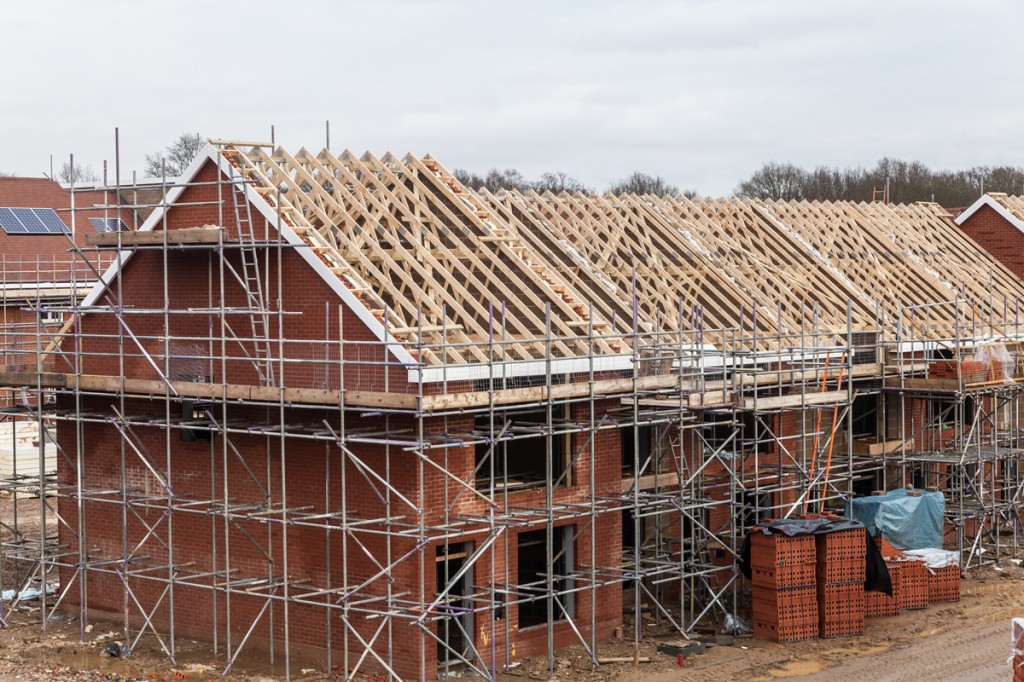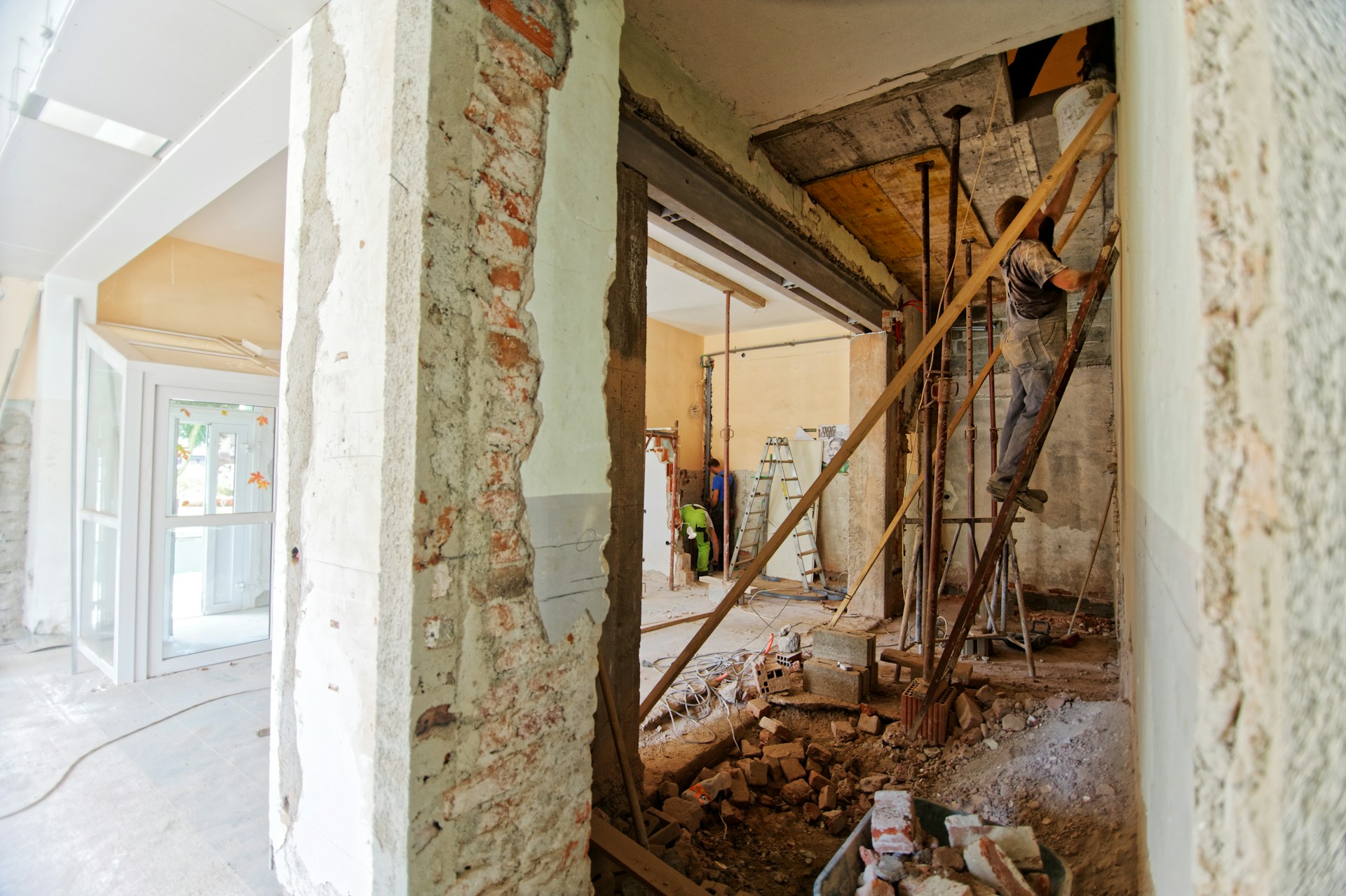
The government needs to find a further £14bn of it’s yearly affordable housing subsidy
Study by L&G and BPF says private money and expansion of ‘for profit’ providers also needed to boost supply.
An additional £14bn in annual government funding is required as part of a package of public and private investment to deliver 145,000 affordable homes each year, according to a new analysis conducted by L&G and the British Property Federation.
However, the study made clear that only a mixture of public money and the expansion of “for profit” providers will be likely to significantly boost supply, because of the way housing associations are constituted.
The study of the affordable housebuilding sector, launched this morning, found there was a 95,000-home shortfall between the number of affordable homes needed in the UK each year, and the average of around 50,000 actually built.
The report said this amounted to a £34bn annual funding gap, which needed to be filled from a mixture of public and private sources.
It said government funding would have to increase from around £5.1bn annually today to a minimum of £14.3bn in order to deliver the necessary 145,000 homes at the current tenure mix.
But if the proportion of social rent housing is to increase in line with the recommendations of the NHF, the amount of grant and other government funding required each year would have to rise further, to £19.3bn.
The report called on the government to review its subsidy provision for affordable housing, and to set a more generous long term rent settlement to enable housing associations to plan for development.
In addition to the extra government subsidy, the report estimated an additional £10bn of additional equity funding to expand provision by “for profit” registered providers will be needed each year for the sector to stand any chance of getting close to the 145,000-home target.
Crucially, the report said the theoretical maximum number of homes deliverable by housing associations would be around 77,000 per year, however much public subsidy was made available, because providers would start to hit their debt interest covenants above that level, given the additional borrowing required when developing, even with government grant.
Simon Century, MD housing at insurance giant L&G, which funded the research and itself claims a 7,000-home affordable housing pipeline, said that given the need to invest cash in fire safety repairs and the net zero transition, the real capacity of the housing association sector was more like 65,000 homes per year. He said: “To get to 145,000 homes per year you need both subsidy and more equity. Subsidy gets you to 77,000 but beyond that needs more.”
Ian Fletcher, director of policy at the British Property Federation, added: This analysis shows that we cannot hope to meet need through existing sources of funding alone. There is a funding gap, and if anything, it is getting bigger as other financial pressures increase on the affordable housing sector.
“Institutional investment can contribute to increasing affordable housing supply, but there is more that can be done to create the right policy environment to boost all forms of funding.”



